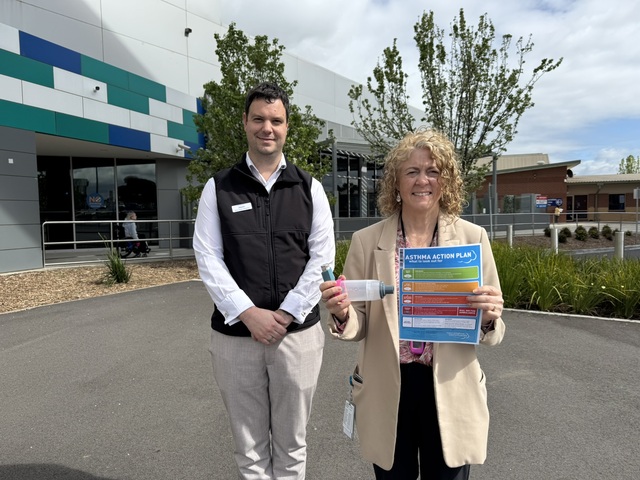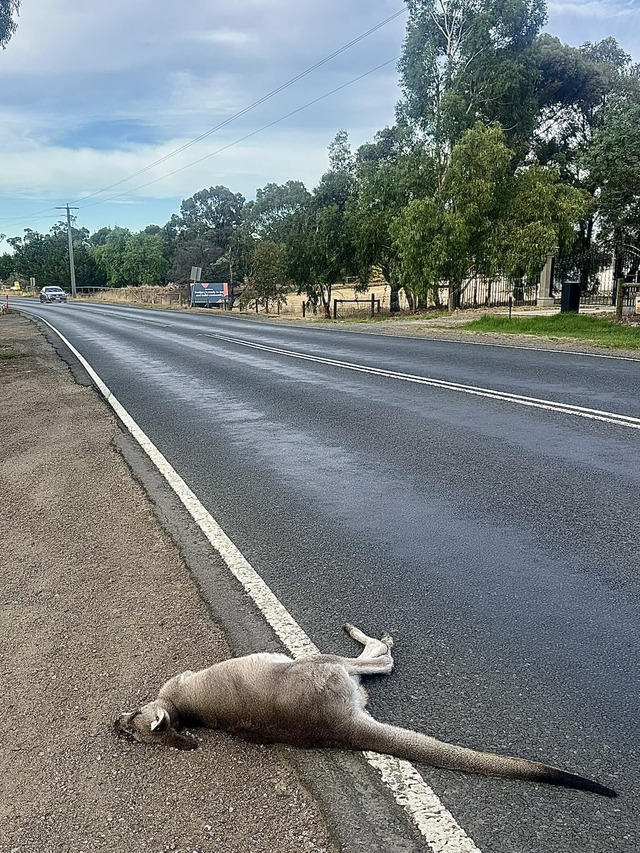October brings the start of grass pollen season, generally lasting until 31 December. Warmer weather, increased amounts of grass pollen in the air and certain types of thunderstorms, when combined, can result in an Epidemic Thunderstorm Asthma (ETSA) event triggering severe asthma.
Thunderstorm Asthma can cause serious health impacts for people with known and unknown conditions of asthma. Symptoms of ETSA include an itchy and runny nose, sneezing, coughing, wheezing and/or chest tightness. Some of these symptoms can become very severe, very quickly, and may require urgent medical assistance.
Sharon Rukavina, respiratory clinical nurse consultant – asthma and allergy at Northern Health, said that during the 2016 event, thousands of people suddenly had asthma attacks, therefore, finding it difficult to breathe.
“Some had never had asthma symptoms before,” Ms Rukavina said.
“In Victoria, from October to December, thunderstorm asthma results from a combination of high grass pollen counts, such as ryegrass, and specific weather conditions. Strong winds carry the pollen, while storms or moisture break open the pollen grains, releasing ultrafine particles into the air.
“These particles are small enough to penetrate the lower airways, potentially triggering severe asthma symptoms in those that are susceptible. A comprehensive review of the 2016 Melbourne thunderstorm asthma incident revealed that it primarily affected individuals sensitive to grass pollens,” explained Ms Rukavina.
“Consequently, those with springtime hay fever or poorly controlled asthma – characterised by asthma symptoms on many days of the week or frequent ongoing use of a reliever inhaler – will require additional protection against thunderstorm asthma. If you think your asthma may not be controlled or you have spring hay fever, then please see your GP as soon as you are able.”
Ms Rukavina urges everyone in the community to be able to recognise the symptoms of someone having an asthma attack and to know the four steps of asthma first aid.
“It is very important not to ignore any symptoms of asthma such as wheeze, persistent cough or unexplained breathlessness. Everyone should be able to recognise the symptoms of someone having an asthma attack and to know the four steps of asthma first aid,” Ms Rukavina said.
• Step 1: Sit person suffering the attack upright.
• Step 2: Shake the blue/grey reliever puffer and give them four separate puffs using a spacer if available.
• Step 3: Wait four minutes and give four more puffs if the person cannot breathe normally.
• Step 4: Call an ambulance if they still cannot breathe normally and keep giving reliever puffs as above until an ambulance arrives.
Completely avoiding pollen can be difficult during the pollen season, however the following steps may help reduce your exposure if you are sensitive:
• For individuals with known asthma, it is important to use your prescribed preventer inhaler as directed, even in the absence of symptoms.
• Carry a blue/grey reliever inhaler such as Ventolin or Asmol at all times and ensure you are familiar with its proper use
• Avoid going outdoors on days with high pollen counts, high winds or after thunderstorms. Stay inside with the windows shut and the air conditioner switched to recirculate/recycled.
• Check weather forecasts and pollen levels.
• It may be prudent to manage hay fever symptoms with a daily steroid nasal spray during pollen season, although its effectiveness in preventing thunderstorm asthma remains uncertain.
To access daily forecasts for ETSA events, please visit: https://www.health.vic.gov.au/environmental-
health/epidemic-thunderstorm-asthma-risk-forecast







